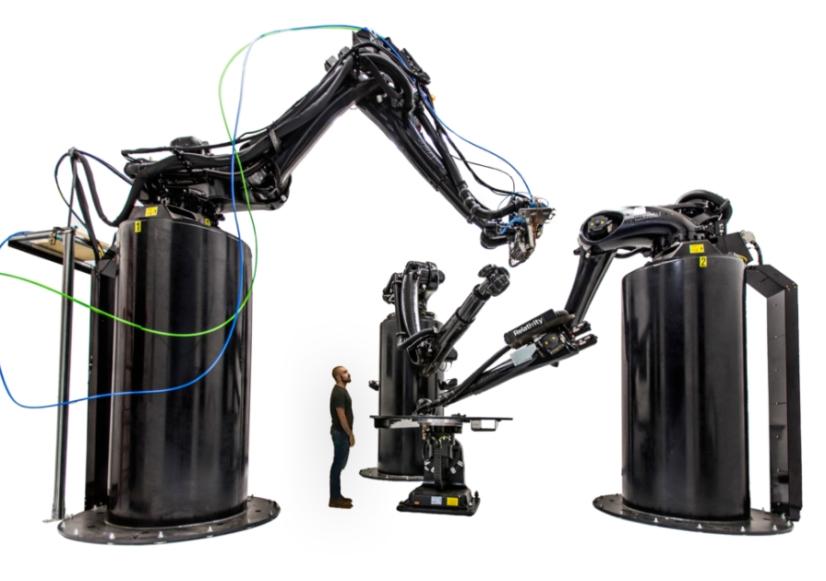
3 minute read
THERMOPLASTICS
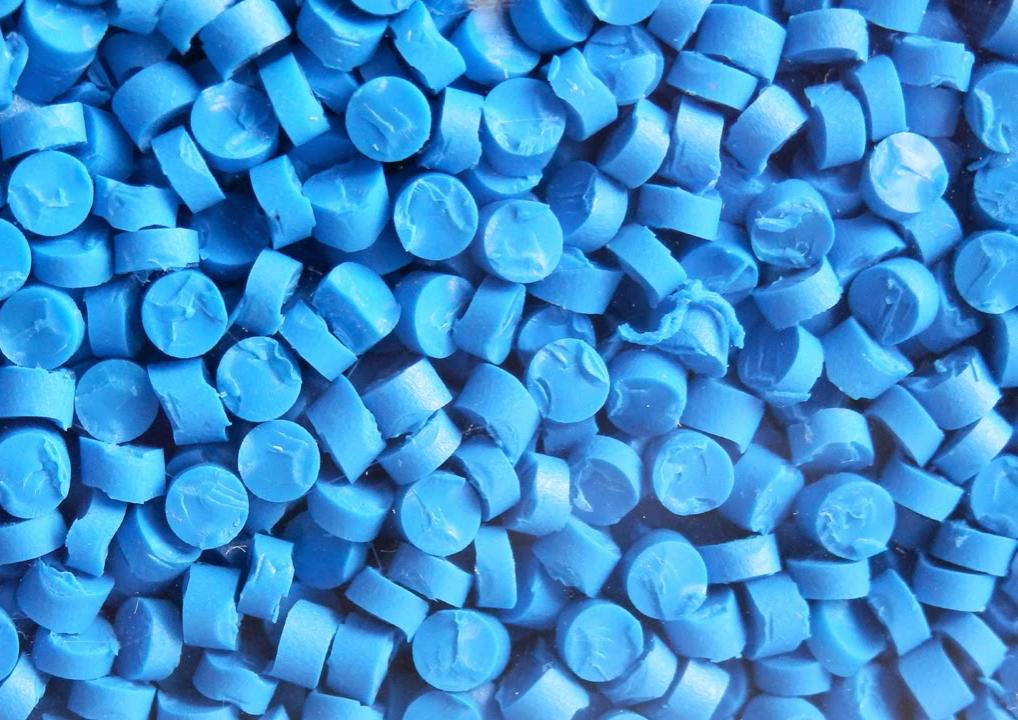
Image Source: Unknown
Advertisement
Thermoplastics are the plastics that can be recycled. Thermoplastics can be melted back into liquid and moulded multiple times.
Image Source: Unknown Types :
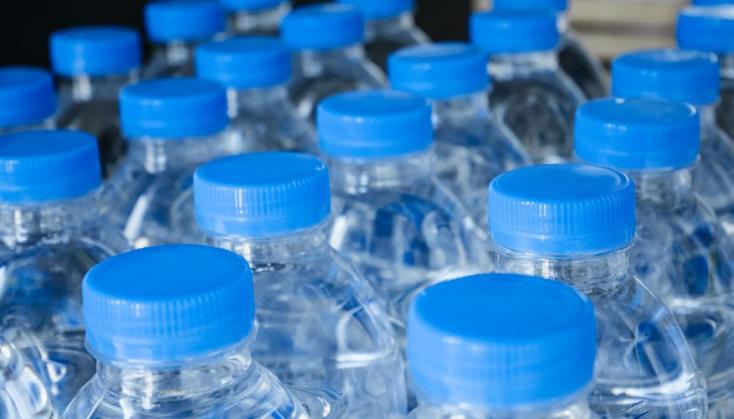
Thermoplastics are further grouped in seven different subcategories often referred to as plastic types. Each plastic type has its specific chemical composition, properties and applications and is given a specific number, called SPI code to differentiate between them. Today, most manufacturers follows this coding system and place the SPI code on their products. This will tell us its melting temperature so that we can set machines at the correct temperature and run a smooth recycling process. The different plastic types are: 1. PET (polyethylene terephthalate) This is a very strong plastic that can be easily recognised for its transparent look. All beverage bottles are PET. This plastic is also used in many other products like jars, combs, bags, tote bags, carpets and ropes. Items made from this plastic are commonly recycled. Most recently, PET is often recycled into yarns to make clothes. This plastic is a bit more complex to work with after recycling.
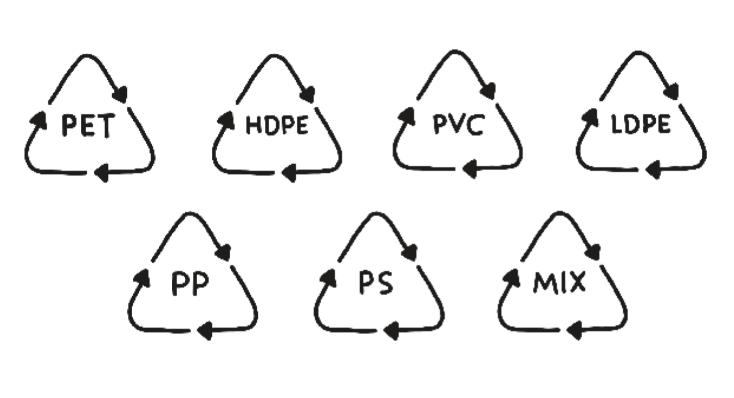
2. HDPE (high-density polyethylene) This plastic is often used for food or drink containers. Items made from this plastic include containers for milk, motor oil, shampoos, soap bottles, detergents, and bleaches. Many toys are also made from this plastic. This plastic works very well with recycling process..
3. PVC (polyvinyl chloride) This is toxic and not recommended to work with it. PVC is most commonly found in plumbing pipes and releases chloride when heated up. Do not use with recycle and printing.
4. LDPE (low-density polyethylene) Plastic wrap, sandwich bags, squeezable bottles, and plastic grocery bags all are made from LDPE. Usually, LDPE is not recycled from the industry but works rather good with recycle Plastic.
5. PP (polypropylene) This is one of the most commonly available plastic on the market. This type of plastic is strong and can usually withstand higher temperatures. Among many other application, it is consistently used for products that get in contact with food and drink (Tupperware, yoghurt boxes, syrup bottles etc..). PP works very well with recycle Plastic.
6. PS (polystyrene) PS is most commonly known as Styrofoam. PS can be recycled, but not efficiently; recycling it takes a lot of energy, which means that few places accept it. Disposable coffee cups, plastic food boxes, plastic cutlery and packing foam are made from PS. Very good to work with recycle Plastic.
7. Other (Mix) This code is used to identify other types of plastic that are not defined by the other six codes. ABS, Acrylic or Polycarbonate are included in this category and can me more difficult to recycle.
Mixing plastic Different plastic types should never be mixed together when working with recycle Plastic as this will make it impossible to recycle them again. Mixing plastics would end their cycle. Moreover, when different types of plastics are melted together they tend to phase-separate, like oil and water, and set in layers resulting in structural weakness and lower quality products.



PP.

PET LDPE

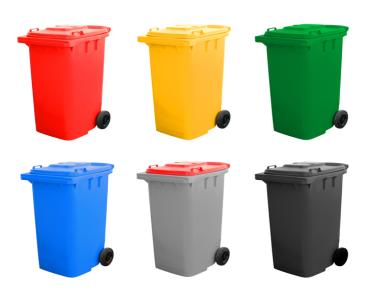
PLA. HDPE.


ABS








